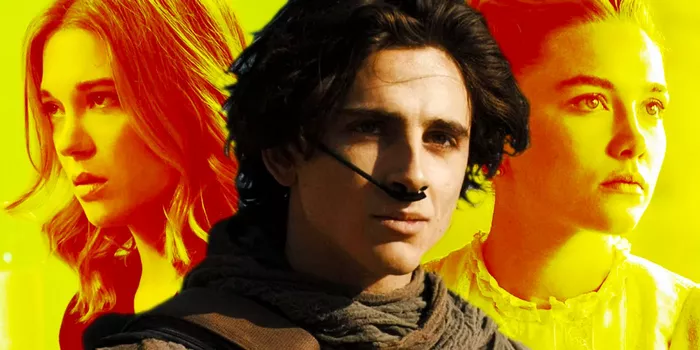The highly anticipated sequel to Dune faces a notable hurdle when it comes to the character of Alia Atreides. Born as a toddler with the consciousness of an adult, casting the right actor for this crucial role poses a unique challenge. In this article, we delve into a theory that proposes a time jump as a potential solution to the casting predicament, while also exploring the implications it could have on the story and its characters.
Unraveling Alia Atreides:
Alia Atreides, a pivotal character in the Dune franchise, is an enigma. Born with an advanced level of awareness and intelligence, her essence carries with it the wisdom and experiences of countless lifetimes. In the first installment, her portrayal by a young actor added complexity to her characterization. However, as the story progresses in Dune 2, her growth and development present a unique conundrum for the sequel’s casting.
The Theory of a Time Jump:
One intriguing theory put forth among fans and enthusiasts of Frank Herbert’s Dune universe suggests that a time jump within the narrative could serve as a viable solution to the Alia Atreides casting problem. By establishing an interval within the sequel, the story could progress to a point where an older actor could convincingly embody the complexities of Alia’s character.
The Potential Benefits and Drawbacks:
Implementing a time jump undoubtedly holds potential benefits for addressing the issue at hand. An older actor stepping into the role of Alia would not only reflect her heightened awareness but also bring a maturity and gravitas befitting such a central figure. It co uld offer a unique opportunity for an established actor to bring their own interpretation and depth to the character. Additionally, it would provide continuity within the narrative, acknowledging the natural progression of time and the evolution of the story’s universe.
However, a significant time leap is not without its challenges. Dune, at its core, is a layered and intricate tale intertwined with political maneuverings, complex relationships, and deep-rooted conflicts. Introducing a substantial temporal gap would require care navigation to ensure that The story maintains its coherence and the dynamics between characters remain authentic. Furthermore, such a leap could potentially disrupt the narrative flow and leave viewers grappling with disjointed storytelling.
The Director’s Vision:
Ultimately, the decision regarding the employment of a time jump lies in the capable hands of the director, who wields the creative vision for the sequel. While fans and theorists may speculate on potential solutions, it is crucial to consider the filmmaker’s perspective. Dune, Being a beloved and iconic franchise, demands a meticulous approach to storytelling and character portrayal. The director’s commitment to honoring the source material while crafting a cinematic masterpiece will undoubtedly guide their casting decisions.
Conclusion:
As the anticipation for Dune 2 continues to build, the casting challenge surrounding Alia Atreides looms large. The theory of a time jump serves as a compelling possibility, offering a pathway for an older actor to bring depth and maturity to the character. However, the intricate nature of the story and the delicate balance of its components must also be taken into account. It remains to be seen how the director will tackle this casting issue, as their vision and dedication to the Dune universe will shape the sequel’s narrative fabric. As fans eagerly await the unveiling of Dune 2, one thing is clear: the resolution of the Alia Atreides casting problem will play a pivotal role in the film’s success and its ability to captivate audiences once again.

